MaraGen Aims to Detoxify the Body from Pathogens & Harmful Substances. It Is an Alternative Medicine for Incurable Diseases.


MaraGen Aims to Detoxify the Body from Pathogens & Harmful Substances. It Is an Alternative Medicine for Incurable Diseases.

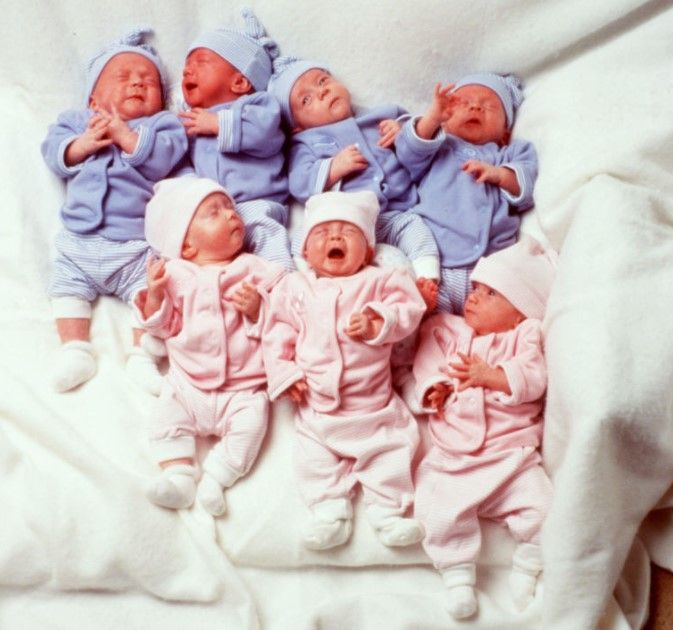
Many of us would love to have a baby, some of us even two or three. But what about having seven of them? It might sound manageable, but now think about having all seven of them at the same time. In the age of medical innovation, fertility treatment has aided many women in getting pregnant. This is the story of a couple who couldn’t have a baby, and then had seven. The years have passed, and now those little septuplets are young adults, making them the oldest surviving septuplets. What a journey it has been for the McCaughey family.
It seems natural to have a baby, and recently it has become natural to take advantage of medical innovation to help you get there. In the case of women who can’t fall pregnant, there are some different methods of getting there. Fertility treatment isn’t uncommon and it is practiced in many countries across the globe. Even though it is an accepted method in many places, there are those that aren’t in favor of it. Some religious groups believe that it is against God’s will to interfere with the natural course of creating life. Their claim is that if God wants to give life he will, and if it is not meant to be then it will not materialize.

Scientists have known for decades that the universe is expanding, but research in the past few years has shaken up calculations on the speed of growth — raising tricky questions about theories of the cosmos. Current latest trending Philippine headlines on science, technology breakthroughs, hardware devices, geeks, gaming, web/desktop applications, mobile apps, social media buzz and gadget reviews.
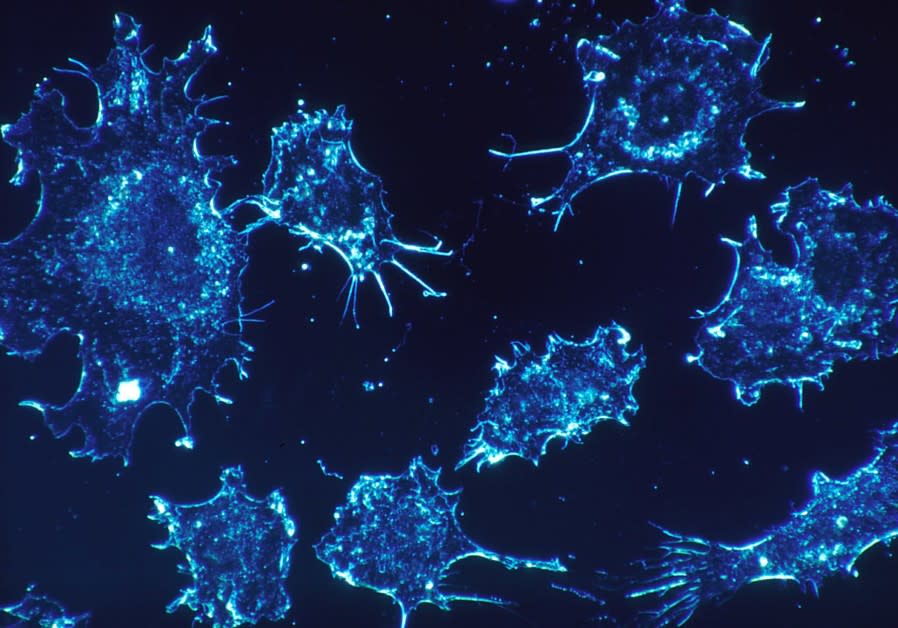

Alex Eskin, a mathematician at the University of Chicago, has won the $3 million 2019 Breakthrough Prize in Mathematics.
The Breakthrough Prizes were founded in 2013 by a group of tech billionaires (as well as multihundred millionaire Anne Wojcicki, co-founder and CEO of genomics and biotech company 23andMe). The prizes are awarded each year to researchers in mathematics, fundamental physics and the life sciences. Past winners decide who will win in each category.
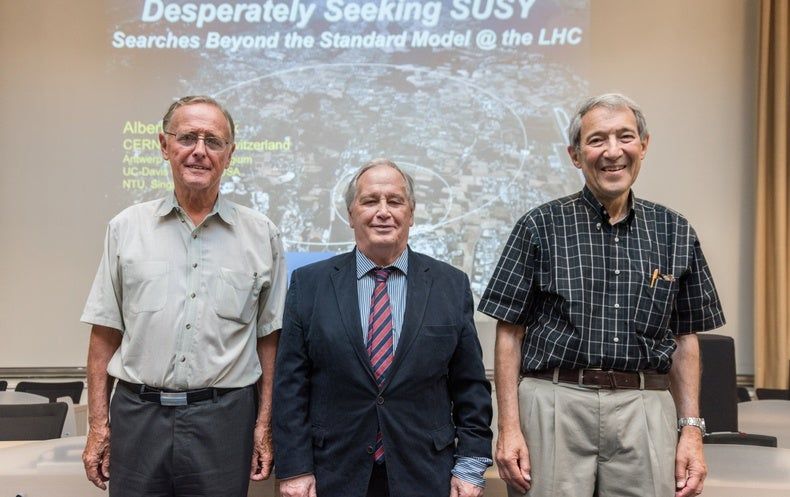
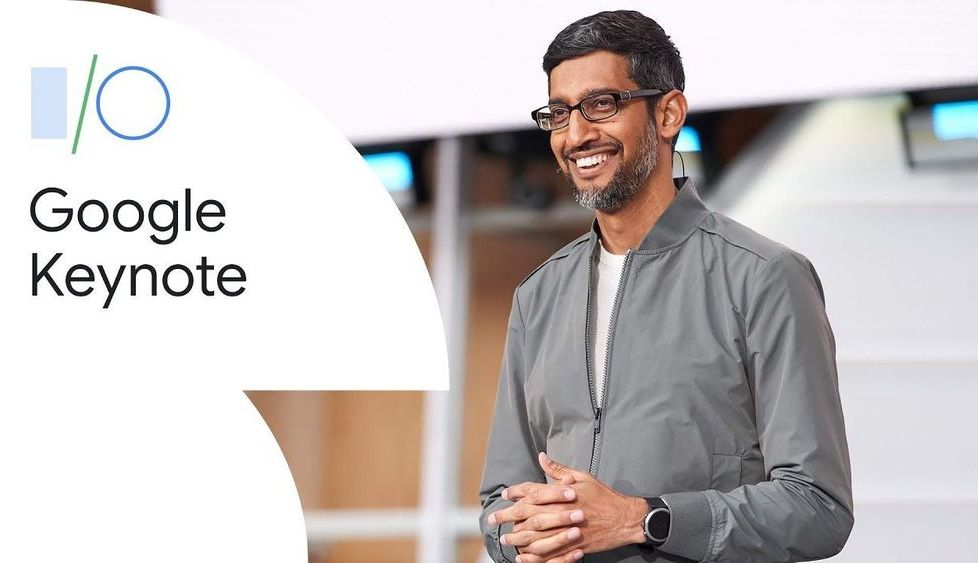
Learn about the latest product and platform innovations at Google in a Keynote led by Sundar Pichai.
Watch more #io19 here:
Google I/O 2019 All Sessions Playlist → https://goo.gle/io19allsessions
Learn more on the I/O Website → https://google.com/io
Get started at → https://developers.google.com/
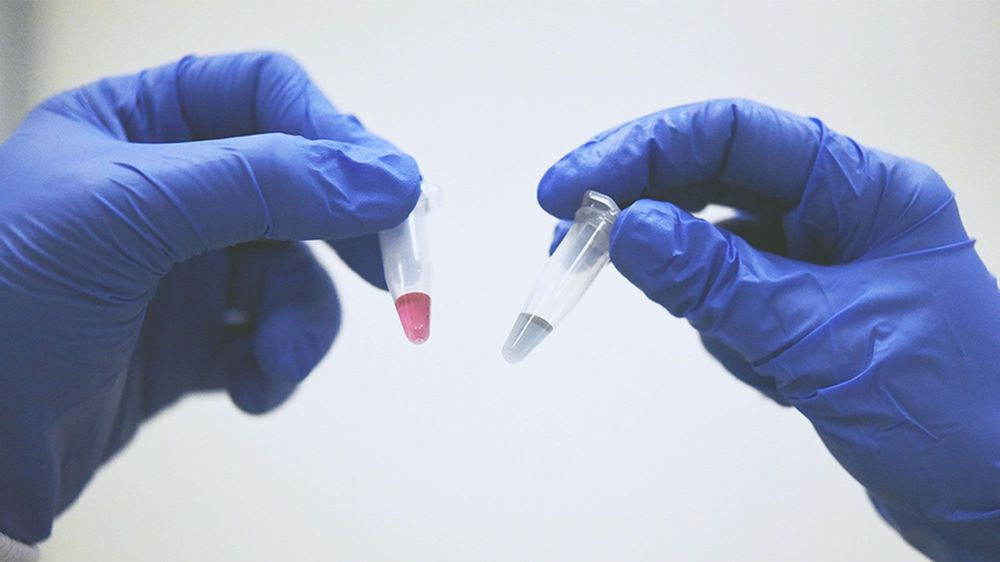

Inspired by the human eye, researchers at the Harvard John A. Paulson School of Engineering and Applied Sciences (SEAS) have developed an adaptive metalens that is essentially a flat, electronically controlled artificial eye. The adaptive metalens simultaneously controls for three of the major contributors to blurry images: focus, astigmatism, and image shift.
The research is published in Science Advances.
“This research combines breakthroughs in artificial muscle technology with metalens technology to create a tunable metalens that can change its focus in real time, just like the human eye,” said Alan She, an SEAS graduate student at the Graduate School of Arts and Sciences, and first author of the paper. “We go one step further to build the capability of dynamically correcting for aberrations such as astigmatism and image shift, which the human eye cannot naturally do.”